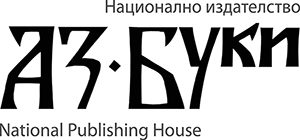Ruben Molano 1), Mar Avila 2), Jose Carlos Sancho2), Pablo G. Rodrguez 2), Andres Caro 2)
1) Department of Didactics of Experimental Sciences and Mathematics,
University of Extremadura, Caceres (Spain)
2) Department of Computer and Telematics Systems Engineering,
University of Extremadura, Caceres (Spain)
https://doi.org/10.53656/math2025-5-2-ept
Abstract. This paper presents a study that analyzes how traditional methods, based on the use of paper-and-pencil (PPB), can be integrated with digital tools to solve geometric problems using Pick’s theorem. Students worked in groups of four and completed four tasks of increasing complexity, solving each one first with traditional methods and then using Pick-Solver, a custom software designed to compute polygonal areas and identify maximum-area polygons within lattice polygons, even those containing holes. Results highlight distinct advantages: while PPB promoted deeper conceptual understanding and more deliberate reasoning, PickSolver enabled quick verifcation and enhanced student motivation. Rather than being opposing strategies, both approaches worked best when combined. Their integration created a more engaging and visually rich learning environment. The results indicate that the integration of both methods supports more robust and meaningful mathematical learning.
Keywords: geometry education, lattice polygon, Pick’s theorem, area, digital tools


